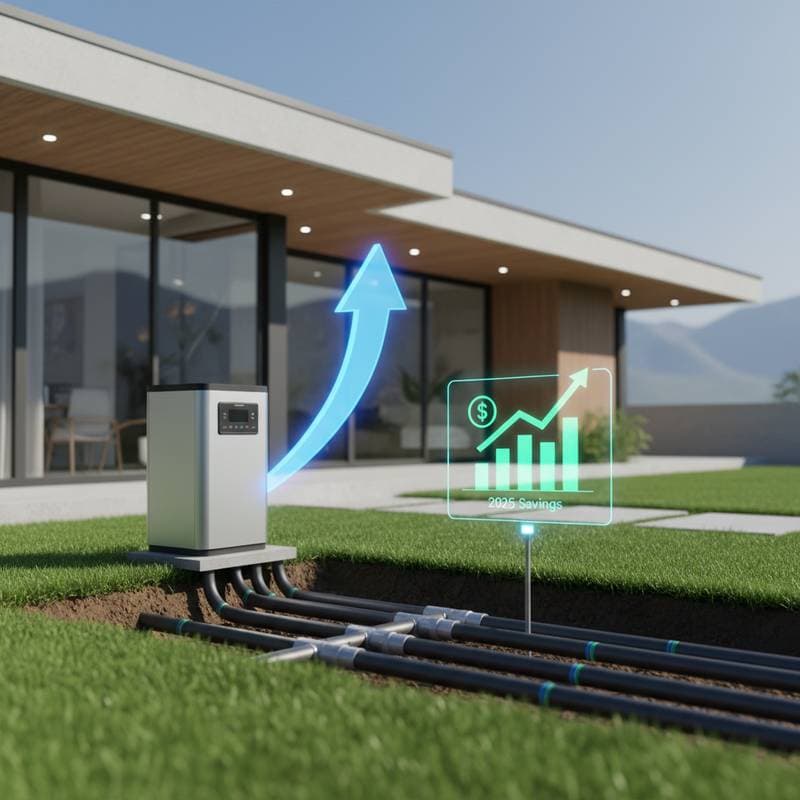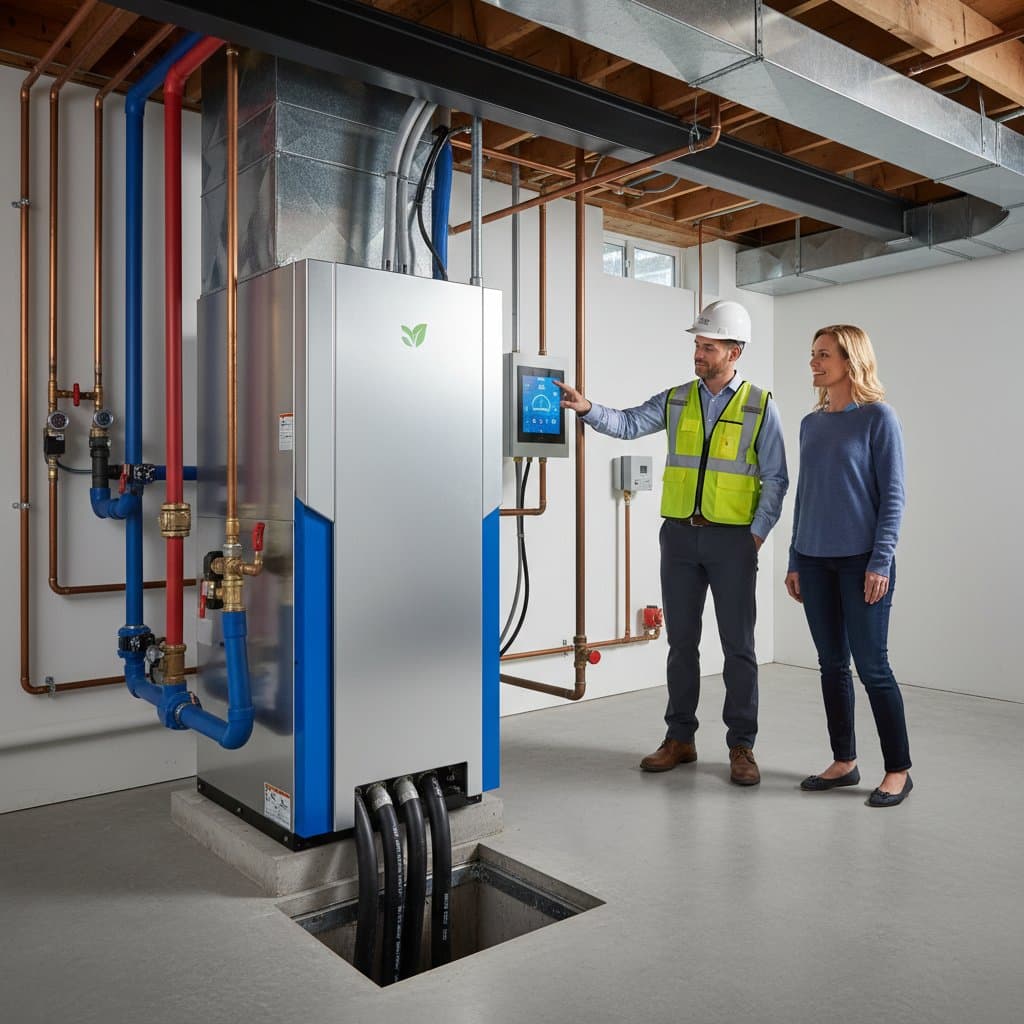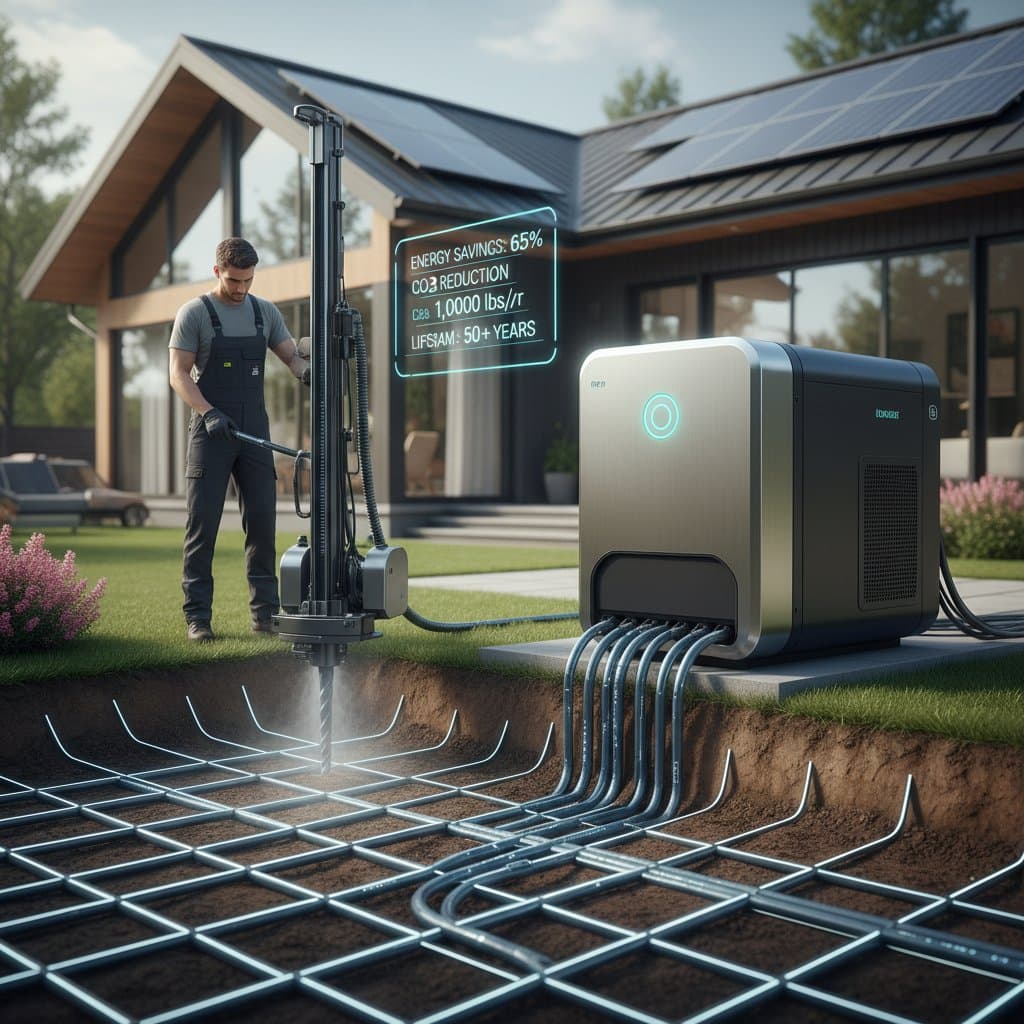Footsteps Powering the Future with Piezoelectric Floors
Imagine a world where every step you take contributes to a sustainable future. Footstep-powered floors, built with cutting-edge piezoelectric technology, transform the kinetic energy of your movements into usable electricity. This innovative approach offers a unique way to harness power in high-traffic spaces, turning daily routines into a source of green energy. While not a complete solution on their own, these systems shine brightest when integrated with other renewable strategies.
Unlocking Energy from Every Step
As someone who has guided countless homeowners through green building solutions, I have seen the growing desire to explore energy options beyond traditional solar panels or wind turbines. Piezoelectric floors present an exciting possibility: each time you walk across a specially designed surface, whether in your hallway or a bustling public space, that motion generates a small burst of electricity. This is not a distant dream but a practical innovation already making waves in sustainable design. It allows households and businesses to tap into an often-overlooked resource, their own foot traffic, with minimal effort.
Why Footstep Power Matters
Conventional homes miss countless chances to capture renewable energy. Unlike solar systems that rely on clear skies or wind turbines that need consistent breezes, footsteps provide a steady and predictable source of kinetic energy. Research indicates that in areas with heavy foot traffic, such as entryways, gyms, or commercial lobbies, piezoelectric floors can produce enough power to operate low-energy devices like LED lights or environmental sensors. The real potential emerges when this technology is combined with other eco-friendly systems, creating a comprehensive energy plan that reduces dependence on the grid.
The challenge lies in output. A single step generates only a tiny amount of electricity, but multiply that by thousands of steps daily, and the impact becomes significant. Strategic placement and thoughtful integration are key to making this technology a valuable addition to any space.
How Piezoelectric Floors Create Power
At the heart of this system are piezoelectric materials, specialized crystals or ceramics that produce an electrical charge when compressed. Visualize stepping on a surface that responds by releasing electrons, much like pressing a sponge releases water. When these materials are embedded into flooring tiles, each footstep applies pressure that is converted into usable energy. This harvested electricity can then be stored in small batteries or used immediately to power specific devices.
Strategies for Optimal Results
- Target High-Traffic Zones: Install these floors in areas with constant movement, such as kitchen spaces, main corridors, or building entrances, to maximize energy capture.
- Integrate with Smart Technology: Connect the system to energy-efficient lighting or store power in compact batteries for use during peak demand times.
- Track Energy Output: Use monitoring tools to measure how much power your floors generate and adjust usage patterns to optimize efficiency.
- Work with Experts: Ensure proper installation by partnering with professionals who understand the nuances of wiring, durability, and compliance with local regulations.
What Homeowners Need to Know
Having advised on numerous sustainable projects, I always encourage weighing the practical aspects before investing in new technology. Piezoelectric flooring typically costs between 200 and 500 dollars per square meter, depending on the system and installation requirements. Given this price range, it is wise to focus on specific, high-use areas rather than covering an entire property. The return on investment varies, but with careful planning, reduced utility bills and enhanced eco-credentials can deliver tangible benefits over time.
Durability and safety are also critical factors. These floors must withstand daily wear, exposure to moisture, and regular cleaning without losing effectiveness. Confirm that the materials used are non-toxic and that your chosen installer adheres to building codes to avoid future complications.
Turning Steps into Sustainable Action
Ready to explore this technology for your home or business? Begin by identifying the most active areas of your space, where foot traffic is consistent and frequent. Reach out to a trusted green building specialist for personalized advice and a detailed quote tailored to your needs. Combining piezoelectric floors with other solutions, such as solar panels or energy-efficient insulation, creates a robust, multi-layered approach to sustainability.
Think of your property as a living ecosystem, where each upgrade plays a vital role in achieving balance. By capturing energy from footsteps, you are taking a creative step toward reducing reliance on traditional power sources and embracing a forward-thinking lifestyle. This is not just about innovation; it is about building a smarter, more resilient future, one step at a time.
Frequently Asked Questions
Q: How much energy can piezoelectric floors actually generate?
A: In a busy household or public space, these floors can produce enough electricity to power LED lighting or charge small devices. For larger energy needs, pairing them with solar or other renewable systems is recommended.
Q: Are piezoelectric floors suitable for every home?
A: They work best in high-traffic environments. If your home has areas with frequent movement, this technology could be a valuable addition, especially when used strategically.
Q: What is the lifespan of these systems?
A: With proper installation and maintenance, quality piezoelectric floors can last several years, though durability depends on the materials and level of use. Regular checks ensure long-term performance.









